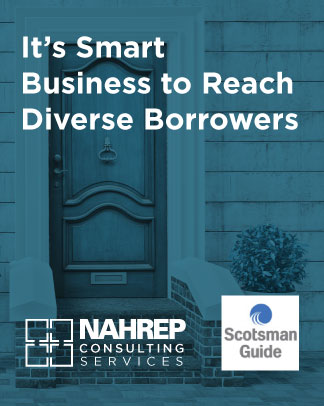By L. Maria Vergara
For years, the conversation around diversity and inclusion was accompanied by phrases like, “it’s the right thing to do” or checking the box as it related to compliance or regulatory requirements. As we see the changing demographics impact our industry, though, it’s a conversation that now is happening when speaking about “market share” and “market drivers.” Diversity and inclusion has moved from a ‘mission’ to the mainstream ‘market.’
First, it’s important to know the difference between the two terms. Though they are similar and one can’t exist without the other, they are not the same. Diverse workplaces are composed of employees with varying characteristics including, but not limited to, religious and political beliefs, gender, ethnicity, education, socioeconomic background, sexual orientation, and geographic location. Inclusion is the environment that creates opportunities for all employees and encourages them to bring their diversity and uniqueness to the workplace.
Studies show that the more diverse and inclusive a workplace is, the more it positively impacts the bottom line. A 2016 report on Gallop.com showed that companies that had higher than average diversity and employee engagement (or inclusion) had a 46 percent to 58 percent better financial performance than companies that were below the median in terms of diverse representation.
Every year publications like Diversity Inc. feature those that are getting the formula right. With the exception of a few on the top 50 list, most of these organizations are outside the financial services world. How can our industry take best practices from companies that are listed as the best in class with regard to diversity and inclusion?
- Make a clear and strong statement at the top of the house. Companies communicate mission/visions and yearly financial goals. If diversity and inclusion are truly a goal that is worth doing, they’re worth tracking and communicating as other top priorities.
- Make the investment in time and resources to seek out talent. We’ve heard repeatedly how hard it is to recruit diverse talent, but other industries, such as insurance, are doing a great job at it. Creating internships/introductions to mortgage or other industry positions will be critical. Much like professional sport scouts, you can seek out the talent, but it takes time, research, and consistency.
- Create Employee Resource Groups. ERGs can and should be much more than a time to sample ethnic food. There is a gold mine in identifying current diverse talent, hearing their perspectives, and empowering them to seek out others to join a firm that they feel included and valued.
- Bring diversity into product development or improvement. It was good to see the GSEs take diversity into account when they made some enhancements to their community lending programs (such as the important and prevalence of extended family structures). We need more lenders to lead in this regard as well.
- Catch people doing the right things. Celebrate diversity and inclusion. We celebrate other production milestones and achievements. Why not recognize our team members that are out proactively creating inclusive and diverse teams?






